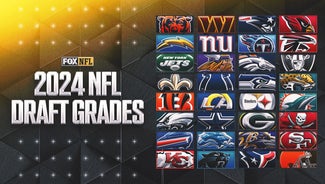





































































































































Three important calls from NFL Week 9
The inadvertent whistle in the Panthers-Redskins game turned undue attention to the officials in Week 9, and three more controversial situations occurred in which the judgment on the field also came into question.
The Game: Miami at Indianapolis
The Situation: The Dolphins had the ball, second-and-1, on their own 30 with 5:26 remaining in the game. Indianapolis led, 23-20.
The Play: Indianapolis was called for having 12 men on the field, and referee Tony Corrente was heard cursing twice (once on national television) while talking to his officiating crew before making the call.
My Take: My old boss, former director of officiating Jerry Seeman, always talked about how professionalism and officiating were synonymous.
It’s incumbent upon the officials to keep their cool. They are supposed to be the calming forces between the teams. Also, they must remember that there are microphones everywhere — the referee has one, there are parabolics on the sidelines, there are microphones on players, etc., so they must watch what they say at all times.
I’m sure it’s not the first time an official has sworn on the field. But the fact that it happened over the loudspeakers at the stadium and on national television is an issue.
It’s an unfortunate incident for Tony Corrente, who is one of the best in the league. But this incident serves as a lesson for every official that you have to watch what you say at all times. CBS was forced to apologize afterward, and I’m sure the league won’t be happy.
Officials must keep their composure, regardless of what’s going on.
Between what happened in the Carolina/Washington game and this, the league will have to spend time on issues that involve integrity and professionalism. I would not be surprised to see discipline taken.
The Game: Arizona at Green Bay
The Situation: Arizona punted the ball, fourth-and-17, with 13:36 left in the first quarter. The game was tied 0-0.
The Play: Arizona’s Dave Zastudil punted the ball to Green Bay’s Randall Cobb, who made a 28-yard return. During the play, Green Bay’s Ryan Taylor put a block on Arizona’s Rashad Johnson that allowed Cobb to get extra yards before getting pushed out of bounds.
My Take: This was missed by the referees, but it won’t be missed by the league office. That was an illegal blindside block by Taylor. Arizona’s Johnson was in position where he is one of the nine defenseless players on the field – he cannot be hit in the head or neck area with the helmet, shoulder or forearm.
This was helmet-to-helmet contact. It is part of the overall direction the league has taken to protect players from concussions.
From the rule book: “A player who receives a ‘blindside’ block when the blocker is moving toward or parallel to his own end line and approaches the opponent from behind or from the side” is deemed defenseless.”
This should have been a 15-yard penalty, but even though it was missed it will likely lead to a hefty $20,000-plus fine.
The Game: Pittsburgh at New York
The Situation: Pittsburgh had the ball, second-and-5, on its own 27-yard line with 5:37 in the second quarter. The game was tied 7-7.
The Play: Steelers quarterback Ben Roethlisberger dropped back and was sacked by Osi Umenyiora. The ball came loose as Roethlisberger threw his arm forward and was recovered by the Giants Michael Boley, who ran it all the way back for a touchdown.
The scoring play was reviewed, and the play stood.
My Take: The question is, did Roethlisberger have complete control of the ball when his hand started going forward after the hit? It is clear to me after watching the replay that he did. There may be, at one point, a finger that comes off the ball, but the ball is in his control and doesn’t pop out until he tries to stop his passing motion.
This is a judgment call, but what makes it more interesting is that the official under the hood reviewing the play is the same official that actually made the call – in this case, the referee. It does make you wonder: When the referee is involved in the original call, does he go under the hood with a more predisposed opinion of the play?
Nevertheless, in my opinion, and what would appear to be in the opinion of many others, this should have been reversed to an incomplete pass.

2024 NFL mock draft: Michael Penix Jr. rises, Brock Bowers cracks top 10
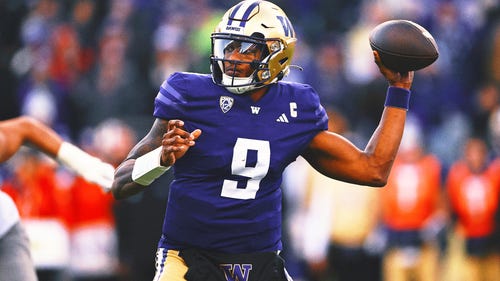
Atlanta Falcons select Michael Penix with No. 8 overall pick in 2024 Draft
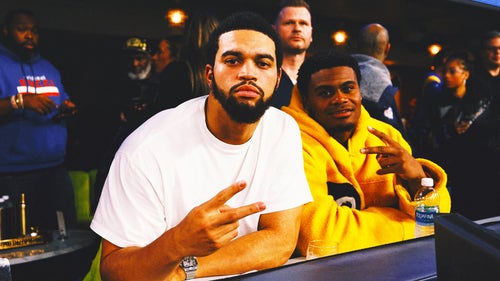
2024 NFL Draft outfits: Marvin Harrison Jr.'s necklace, Caleb Williams' nails go viral
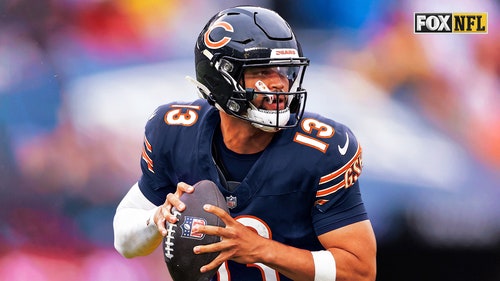
Chicago Bears select USC QB Caleb Williams with No. 1 pick in 2024 NFL Draft
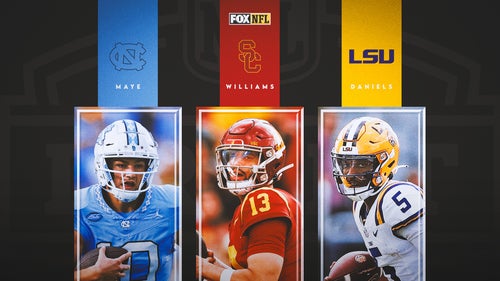
2024 NFL Draft QB rankings: Caleb Williams leads top 10 prospects

2024 NFL Draft Date, Time: Schedule, how to watch, TV channel

J.J. McCarthy among those who didn't go to Detroit for 2024 NFL Draft
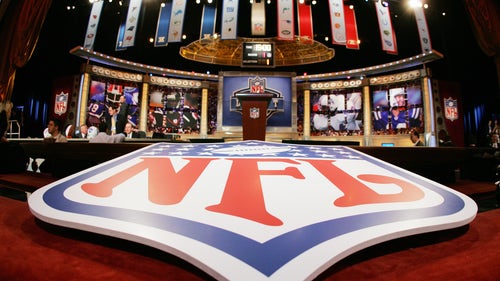
2024 NFL Draft order: Updated after Round 1
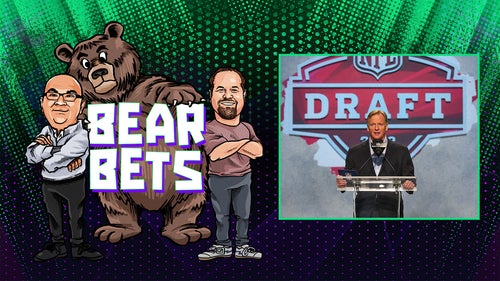
'Bear Bets': The Group Chat's favorite 2024 NFL Draft bets


2024 NFL mock draft: Michael Penix Jr. rises, Brock Bowers cracks top 10

Atlanta Falcons select Michael Penix with No. 8 overall pick in 2024 Draft

2024 NFL Draft outfits: Marvin Harrison Jr.'s necklace, Caleb Williams' nails go viral

Chicago Bears select USC QB Caleb Williams with No. 1 pick in 2024 NFL Draft

2024 NFL Draft QB rankings: Caleb Williams leads top 10 prospects

2024 NFL Draft Date, Time: Schedule, how to watch, TV channel

J.J. McCarthy among those who didn't go to Detroit for 2024 NFL Draft

2024 NFL Draft order: Updated after Round 1

'Bear Bets': The Group Chat's favorite 2024 NFL Draft bets
